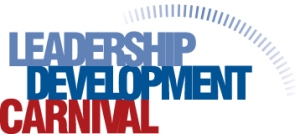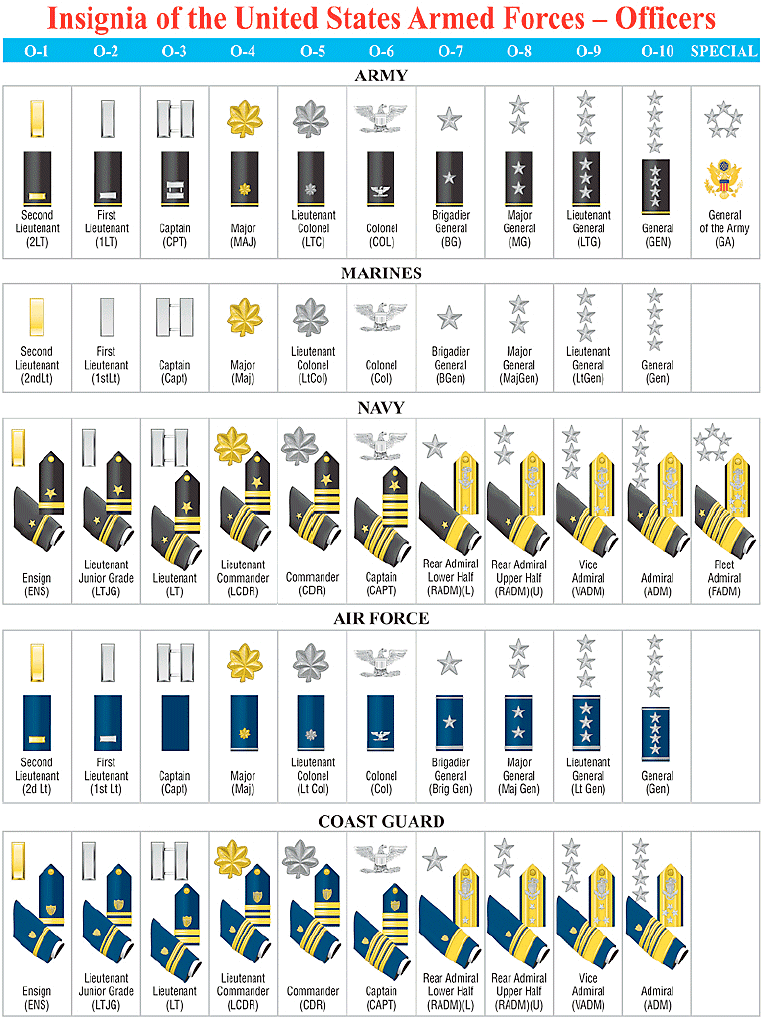 I was on my bike this morning…I mean literally and recreationally, not figuratively and professionally. I’m hoping I won’t hear the words “On yer bike!” in the office any time soon.
I was on my bike this morning…I mean literally and recreationally, not figuratively and professionally. I’m hoping I won’t hear the words “On yer bike!” in the office any time soon.
I’m no @lancearmstrong or @vendorprisey, both of whose blogs and tweets I avidly follow, but I’m training for my first big event since my last 100-mile ride. Three years on, and very little bike-time in between, it’s pretty much like starting from scratch, which might have been rather depressing if I’d thought about it too much.
I was unexpectedly on my own this morning, and was oh-so-tempted to skip the big hill that I’d planned to climb with a friend before she bailed on me. The complete circuit starts with a steep (my kind of steep, not Thomas Otter’s!!) climb up to a college campus that sits on the crest of the hill. At the top, there’s a 3/4 descent down the far side, then other climb back up before returning down the hill to the start point. All-in-all, the whole thing is pretty daunting for a first timer, which is how I was feeling this morning.
However, I knew it had to be done sometime, and if I avoided it today, I’d only have to face the whole thing for the first time next week. So, I figured procrastination was no escape. Still, I admit I wimped out of the complete circuit, and just did the initial climb up to the top before retracing my steps. Actually, I prefer to think of it as intelligent partitioning! It was more manageable than I feared, I know I can do more next time, and I felt good…in fact, I still feel good!
 Isn’t this the same logical approach that we should take to larger scale challenges? If any task seems too daunting, don’t bite off more than you can chew, but don’t let it put you off starting! Start with something that’s more easily accomplished, but still satisfying. If you choose your starting point carefully, there are invariably gains to be made that will stand you in good stead for the next bite of the apple.
Isn’t this the same logical approach that we should take to larger scale challenges? If any task seems too daunting, don’t bite off more than you can chew, but don’t let it put you off starting! Start with something that’s more easily accomplished, but still satisfying. If you choose your starting point carefully, there are invariably gains to be made that will stand you in good stead for the next bite of the apple.
Often, we’re told that effective employee development and performance measurement begins with a full-blown competency library. Many HR professionals are daunted by the challenge of creating an entire competency model for their organization, which they perceive as mandatory for an efficient, comprehensive talent management strategy. Isn’t it easier to avoid the issue altogether, rather than face a project that requires too much time and resources before you are able to prove any ROI? Not so! There are ways to scale down the problem, to jump start your program so that the organization is benefiting from the initial achievement while you continue to implement future stages.
Successful organizations have started by defining and implementing a few core competencies for their workforce, before identifying more specific requirements for individual divisions or roles. Their next step might be to profile only those jobs that are critical to the organization…which are not necessarily the C-level or executive positions. A retail business might, for example, perceive the most critical role as their counter staff who are in direct and daily contact with customers, and can therefore most impact the business, either positively or negatively.
This kind of approach is particularly important during the current economic downturn, when organizations are looking to cutback any extraneous work, and get the most bang-for-their-buck from what’s left.
 So, there I was on the bike, knowing that I had to tackle the college hill at some stage during my ride. I could have parked at the bottom of the hill and immediately started riding…uphill. Not smart! I can be dumb, but not that dumb! I preferred to start easy – to get a few easy, flat miles under my belt. By the time I reached the college entrance, not only were my legs warmed up but I’d enjoyed a very pleasant ride with superb views across a reservoir and surrounding hills. I was feeling gooood – inspired, enthusiastic, and approaching a hill that didn’t look anywhere near as daunting as it would have done half-an-hour earlier.
So, there I was on the bike, knowing that I had to tackle the college hill at some stage during my ride. I could have parked at the bottom of the hill and immediately started riding…uphill. Not smart! I can be dumb, but not that dumb! I preferred to start easy – to get a few easy, flat miles under my belt. By the time I reached the college entrance, not only were my legs warmed up but I’d enjoyed a very pleasant ride with superb views across a reservoir and surrounding hills. I was feeling gooood – inspired, enthusiastic, and approaching a hill that didn’t look anywhere near as daunting as it would have done half-an-hour earlier.
Starting easy with competency modeling can also be a no-brainer. Think of what you already have as a starting point – employees aren’t just a blank sheet of paper. Even if you don’t have a fully-fledged competency library, your employees have competencies and skills they’ve already achieved. So, use their history to build your future.
Talent review meetings, as a starting point, provide the incentive for managers to pull together this kind of information for an identifiable reason and recognizable benefits. Past performance reviews identify the abilities that each employee already has. That information should automatically feed into their employee profile, at the same time rewarding them for what they’ve already achieved. In turn, those profiles can feed into the talent review. Not two, but three birds with one stone!
…perhaps even four birds, since this approach could also make your performance reviews more palatable to your workforce, when they realize they have the makings of a decent employee profile with no added effort.
A truly integrated talent management solution enables you to insert, update, access information from multiple procedures. Of course, full TM integration goes way beyond the bounds of just performance and profile management, but this is one obvious starting point that more businesses should take advantage of when looking to kick start the TM process.
I’m not ready for my 72-mile ride around Lake Tahoe quite yet, but it was a pleasant way to start!
Onwards and upwards, I say!
 According to phonecount.com on Feb 21, 2012 (give or take a couple of days I guess…) the number of connected phones will surpass the number of people living on Earth. For everyone that doesn’t have a phone, someone will have two.
According to phonecount.com on Feb 21, 2012 (give or take a couple of days I guess…) the number of connected phones will surpass the number of people living on Earth. For everyone that doesn’t have a phone, someone will have two.




 What HR Technology 2009 provided best and better than most conferences was convergence of much of the diverse thinking that’s going on in our industry, and it was energizing.
What HR Technology 2009 provided best and better than most conferences was convergence of much of the diverse thinking that’s going on in our industry, and it was energizing.  My UK school days have receded into the far too dim-and-distant past, but I still remember our uniform.
My UK school days have receded into the far too dim-and-distant past, but I still remember our uniform.
 I recently attended the Real Pirates exhibit at the
I recently attended the Real Pirates exhibit at the 
 Isn’t this the same logical approach that we should take to larger scale challenges? If any task seems too daunting, don’t bite off more than you can chew, but don’t let it put you off starting! Start with something that’s more easily accomplished, but still satisfying. If you choose your starting point carefully, there are invariably gains to be made that will stand you in good stead for the next bite of the apple.
Isn’t this the same logical approach that we should take to larger scale challenges? If any task seems too daunting, don’t bite off more than you can chew, but don’t let it put you off starting! Start with something that’s more easily accomplished, but still satisfying. If you choose your starting point carefully, there are invariably gains to be made that will stand you in good stead for the next bite of the apple.


 Here are ten books that are very good and if you haven’t read them yet, you might want to check them out. The list is restricted to books published in 2008 that I read (there are several others published in 2008 that I have on my reading list). The list is somewhat in order of recommendation, although since the topics vary, you should let that be your main deciding factor.
Here are ten books that are very good and if you haven’t read them yet, you might want to check them out. The list is restricted to books published in 2008 that I read (there are several others published in 2008 that I have on my reading list). The list is somewhat in order of recommendation, although since the topics vary, you should let that be your main deciding factor.